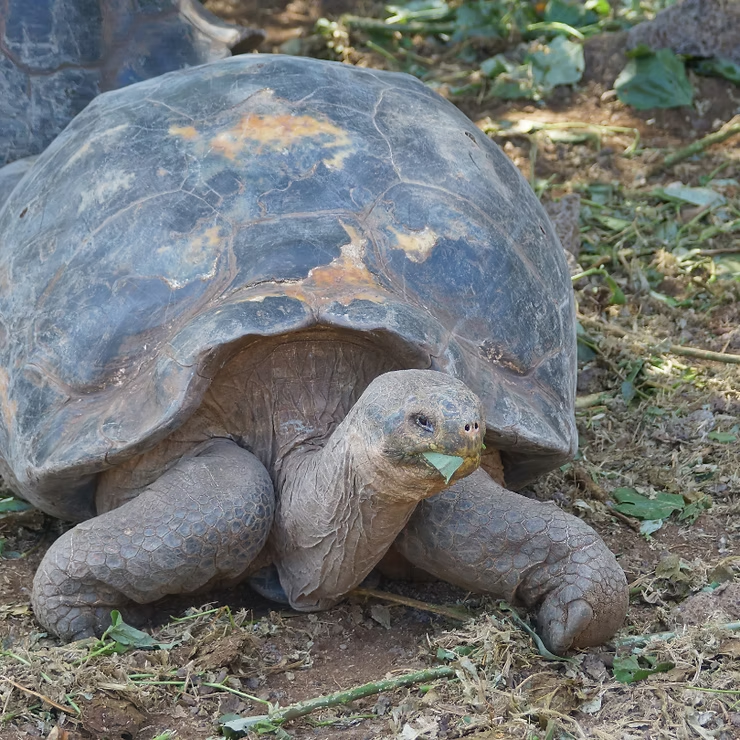Galápagos Tortoise Overview
The Galápagos tortoise is a remarkable species native to the Galápagos Islands, renowned for its impressive size, longevity, and ecological significance. These tortoises are iconic symbols of the region’s biodiversity.
Size and Weight
Galápagos tortoises can grow over 5 feet long and weigh up to 550 pounds, with some individuals reaching 900 pounds. Their massive shells, which can weigh up to 200 pounds, provide protection and support, allowing them to retract their limbs and head when threatened.
Lifespan
These tortoises are among the longest-living vertebrates, often surviving more than 100 years. Some, like Jonathan, are estimated to be over 187 years old. Their slow metabolism and ability to store fat and water contribute to their extraordinary longevity.
Habitat
Native to the volcanic Galápagos Islands, these tortoises thrive in diverse ecosystems including grasslands, shrublands, and forests. They can survive in both dry and humid conditions, often migrating in search of food and nesting sites.
- Grasslands: Open areas with low vegetation
- Shrublands: Areas dominated by shrubs and bushes
- Forests: Dense tree-covered regions
Diet
Galápagos tortoises are herbivores, feeding on grasses, leaves, cacti, and fruits. Their slow metabolism allows them to thrive on low-nutrient plants, while their ability to extract water from vegetation helps them survive arid conditions.
Behavior
These tortoises are slow-moving and docile. They spend most of their time grazing or resting, using their strong sense of smell to locate food. They can survive without water for long periods by storing it in their bodies. Males display aggressive behaviors during mating season to establish dominance.
Reproduction
Mating occurs during the rainy season. Males compete through headbutting and biting to attract females. Females lay 2 to 16 eggs per clutch in nests, with incubation lasting 120–150 days. Hatchlings face numerous challenges, and females reproduce only every few years, contributing to a slow population growth.
Conservation Status
Galápagos tortoises are vulnerable due to habitat loss, hunting, and invasive species. Conservation efforts include protected areas, captive breeding programs, and reintroduction projects to maintain population and genetic diversity.
Interesting Facts
- They are the largest tortoise species in the world.
- Some individuals live over 100 years.
- They inhabit diverse ecosystems across the Galápagos Islands.
- Galápagos tortoises were influential in Charles Darwin’s theory of evolution.
Conclusion
The Galápagos tortoise is a true marvel of the animal kingdom. Its size, longevity, and adaptability highlight the importance of conservation and the wonders of evolution, ensuring that future generations can continue to witness these gentle giants in their natural habitat.

